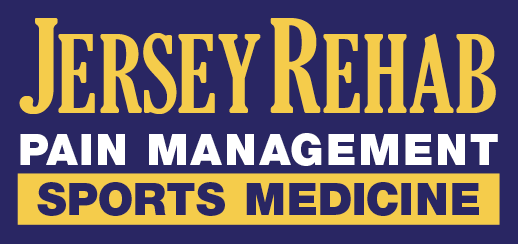Hand and Wrist FAQ
Most arthritis treatments revolve around looking out for signs and taking preventive measures. This means you need to know the symptoms of the disease, so that timely medical intervention can be made. Pain, inflammation and the loss of function of joints in hands and wrists are among the most common symptoms you look out for.
Here are some tips to reduce hand and wrist arthritis:
- Have a healthy diet full of calcium and magnesium rich foods
- Avoid smoking
- Maintain a healthy weight
- Consult a physical trainer or doctor before starting an exercise regime
- If your job involves lot of physical activity, like pushing, pulling and lifting heavy things, take precautions to avoid joint injuries
- Maintain a good posture while sitting and sleeping
- Go for regular check-ups if you have a genetic pre-disposition to autoimmune diseases like rheumatoid arthritis
Carpal Tunnel syndrome is a condition caused by pressure on the median nerve in the wrist. It can affect one or both your hands. The symptoms start gradually and may include:
- Tingling or numbness, especially in the fingers and hands. The thumb, index and middle fingers are usually affected, where you might feel an electric shock-like sensation. These sensations are more pronounced when you wake up from sleep or hold a steering wheel, phone or newspaper.
- Weakness in your hands or grip that causes you to drop objects. Weakness and numbness in hands could be signs of other ailments, so get checked by a specialist at the earliest.
There are several ways to treat wrist tendonitis. The best course of action depends on the severity of symptoms. The treatments may include:
- Stretching exercises to improve flexibility
- Hot and cold therapy to reduce inflammation
- Splints and compression to heal the overworked tendons
- Drugs, like acetaminophen or non-steroidal anti-inflammatory drugs (NSAIDs), to manage pain and inflammation
- Corticosteroid injections to control inflammation
- Physical therapy
- Occupational therapy to modify functional behaviors
- Surgery in extreme cases, to increase space between tendons
Wrist pain can be managed at home through the RICE method – Rest, Ice, Compression and Elevation. However, it’s best to consult a doctor, if you experience the following:
- Wrist pain after an injury caused by a fracture or joint dislocation
- Loss of sensation in any one part of your hand
- Pain that doesn’t go away, despite refraining from activities causing the pain
- Pain returns when you resume activities like lifting things or using a keyboard and mouse
- Debilitating pain that comes and goes, even when not using the hand
- Frequency and intensity of pain shifts throughout the day
- Pain accompanies by a lump and redness around the wrist, which could be a sign of infection
